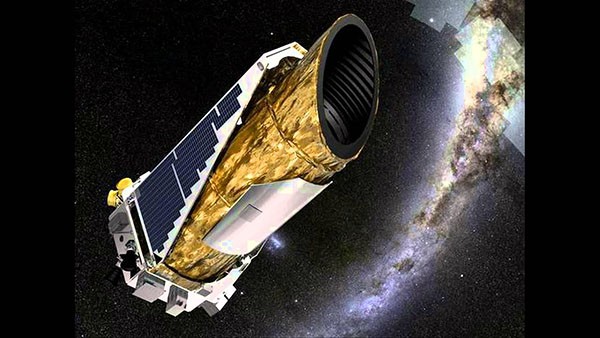In 2015, a team of scientists discovered a strange star that was losing its light and dimming at an enormous rate. While some took it as an alien megastructure, others believe it to be a natural phenomenon. However, new research suggests that it could be something different altogether.
The moment the alien megastructure star was discovered, one of the scientists decided to go there by himself and see what it was all about, according to Science Alert. However, neither the scientists nor any of the follow-up studies conducted so far was able to prove any kind of link between the star's erratic flickering and an alien activity.
However, NASA's Kepler Space Telescope decided to spend a significant amount of time revolving around the star and notice its behavior. Now after no less than 1,600 days of observation, the Kepler Telescope has come up with the most weirdest findings - no current hypotheses can explain why the star KIC 8462852, also known as Tabby's star, is dimming and flickering at such an enormous rate.
The findings of the study, published on pre-print site axXiv, explains how researchers spent a considerable amount of time making themselves believe that whatever was happening is not real, but they failed at convincing themselves. Meanwhile, a lot of experts from the scientific community have started to put their views forward.
According to the scientists who observed Kepler's results, the flickering phenomenon of the star cannot be explained with the help of an existing hypotheses, be it the effects of a warped star or comet swarms.
But that does not confirm that aliens are trying to harvest star's energy by building a structure around it. Instead, the researchers believe that a unique phenomenon is taking place around the star, which has not been observed in the cosmic world ever before.
Over a period of four years, the researchers also observed other stars similar to Tabby's star. While the others star did not dim at this rate, Tabby's star lost 3 percent of its luminosity during the time period. The team, thus, suggests that there could be a combination of factors involved and the existing hypotheses cannot be discarded at all.
The following video talks about Tabby's star:



























